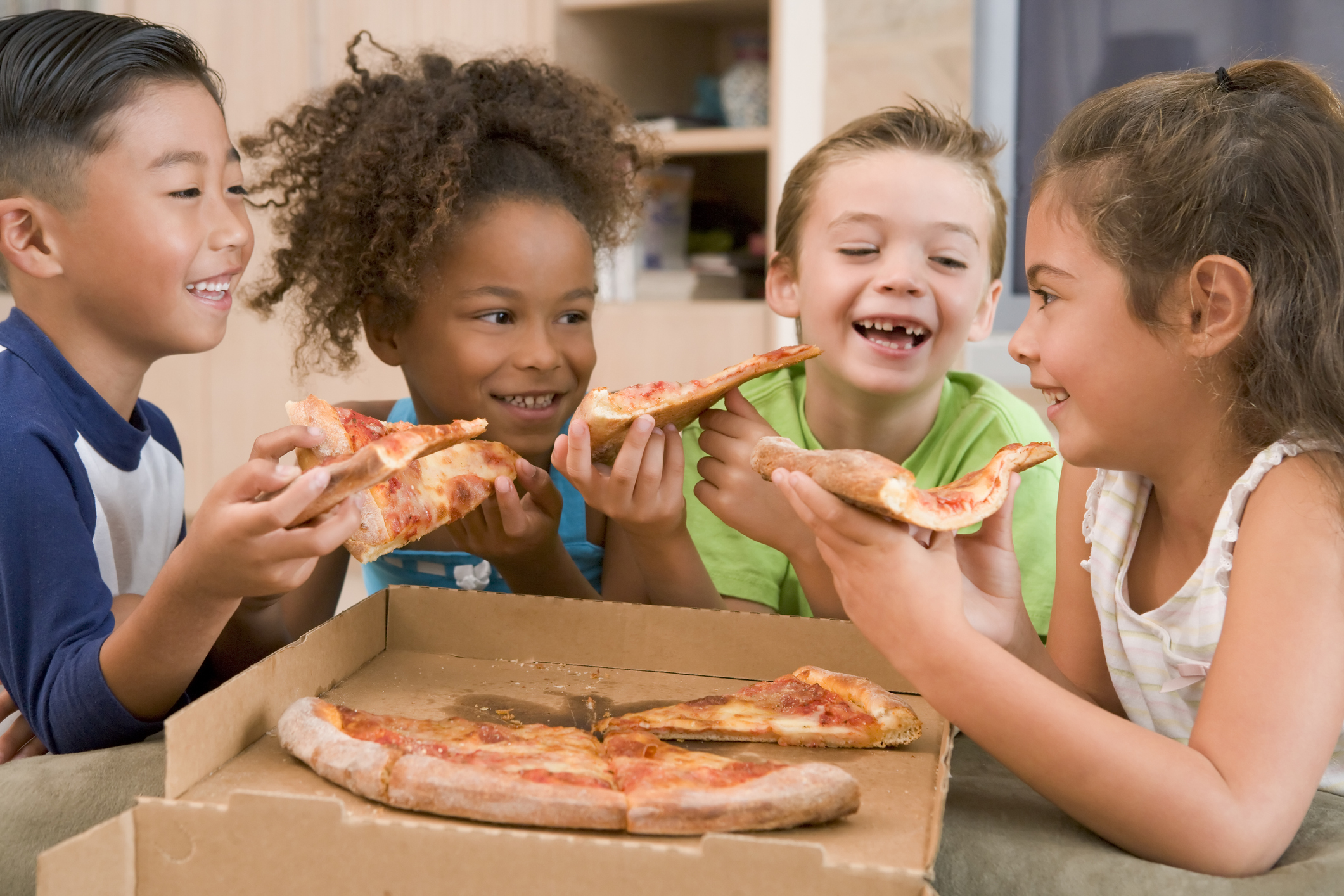How much should my child eat?
How much should my child eat? This is one of the most common questions parents ask, especially during the preschool years. At First Congregational Preschool in Meriden, CT, we often hear concerns about whether children are getting the right nutrition. With nearly 1 in 3 children in the U.S. considered overweight or obese, it’s natural for families to want reassurance and guidance on healthy eating habits.
How Much Should My Child Eat During Growth Spurts?
Young children grow in spurts, and their appetites often match these changes. Some days, your preschooler may seem to eat constantly, while on other days, very little food may be eaten. This is normal. Children should be trusted to listen to their bodies. Eating when they’re hungry and stopping when they’re full.
As parents, your role is to decide what foods are offered and when, while your child decides whether to eat and how much. These self-regulation skills developed early on build healthy eating habits for life.
To learn more about how play and routines support child development, visit our curriculum page.
The Building Blocks of a Healthy Diet
A balanced diet is made up of calcium-rich foods, fiber-rich foods, water, and healthy snacks.
- Calcium-rich foods: milk, fortified cereals, yogurt, cheese, and leafy greens.
- Fiber-rich foods: fresh fruits, vegetables, beans, and whole grains. Fiber supports digestion and helps prevent constipation.
- Water: since water makes up more than half of a child’s body weight, it should be offered throughout the day, not just when thirst appears. If plain water isn’t appealing, a slice of lemon or lime can add flavor.
For additional guidance, the American Academy of Pediatrics offers reliable nutrition recommendations for young children.
How Much Should My Child Eat If They’re a Picky Eater?
Picky eating is very common in preschoolers, but patience is key. Here are a few tips that have been shown to help:
- Introduce new foods one at a time, and keep in mind that children may need to try something 10 times or more before they accept it.
- Avoid cooking separate meals. Instead, serve one food you know your child enjoys along with the family meal.
- Keep food simple and recognizable. Many children dislike foods that are mixed or touching.
- Allow children to make choices. Forcing them to eat can create negative associations with food.
For more ideas on child nutrition and good habits, explore our article on How to Boost your preschooler’s Immune System: Nutrition & Habits.
What If My Child Is Gaining Too Much Weight?
Sometimes parents worry that their child is eating too much. It’s best to discuss concerns with your pediatrician or a registered dietitian, since some weight gain happens naturally before growth spurts. A few helpful habits include:
- Serving regularly scheduled meals and snacks.
- Encouraging physical activity daily.
- Offering smaller portions first, with the option for seconds if still hungry.
The CDC Nutrition, Physical Activity, and Obesity page provides more strategies for healthy growth.
How Much Should My Child Eat for Snacks?
Healthy snacks play an important role in your preschooler’s daily diet. Here are a few options:
- Grains: graham crackers, toast, dry cereal, or plain popcorn.
- Vegetables: raw veggie sticks.
- Fruits: cut-up finger-friendly fruits.
- Dairy: yogurt, cheese, or milk.
- Protein: hard-boiled eggs, lean meats, or tuna salad.
Final Tips for Parents
- Model healthy eating – your child is watching.
- Stick to a routine with meals and snacks.
- Avoid using food as a reward.
- Involve your child in food preparation.
- Offer child-sized utensils to make eating easier.
At First Congregational Preschool, we believe children learn best when their minds and bodies are nourished. With balanced nutrition and supportive mealtime routines, children are set up for healthy growth and happy learning.


Leave a Reply